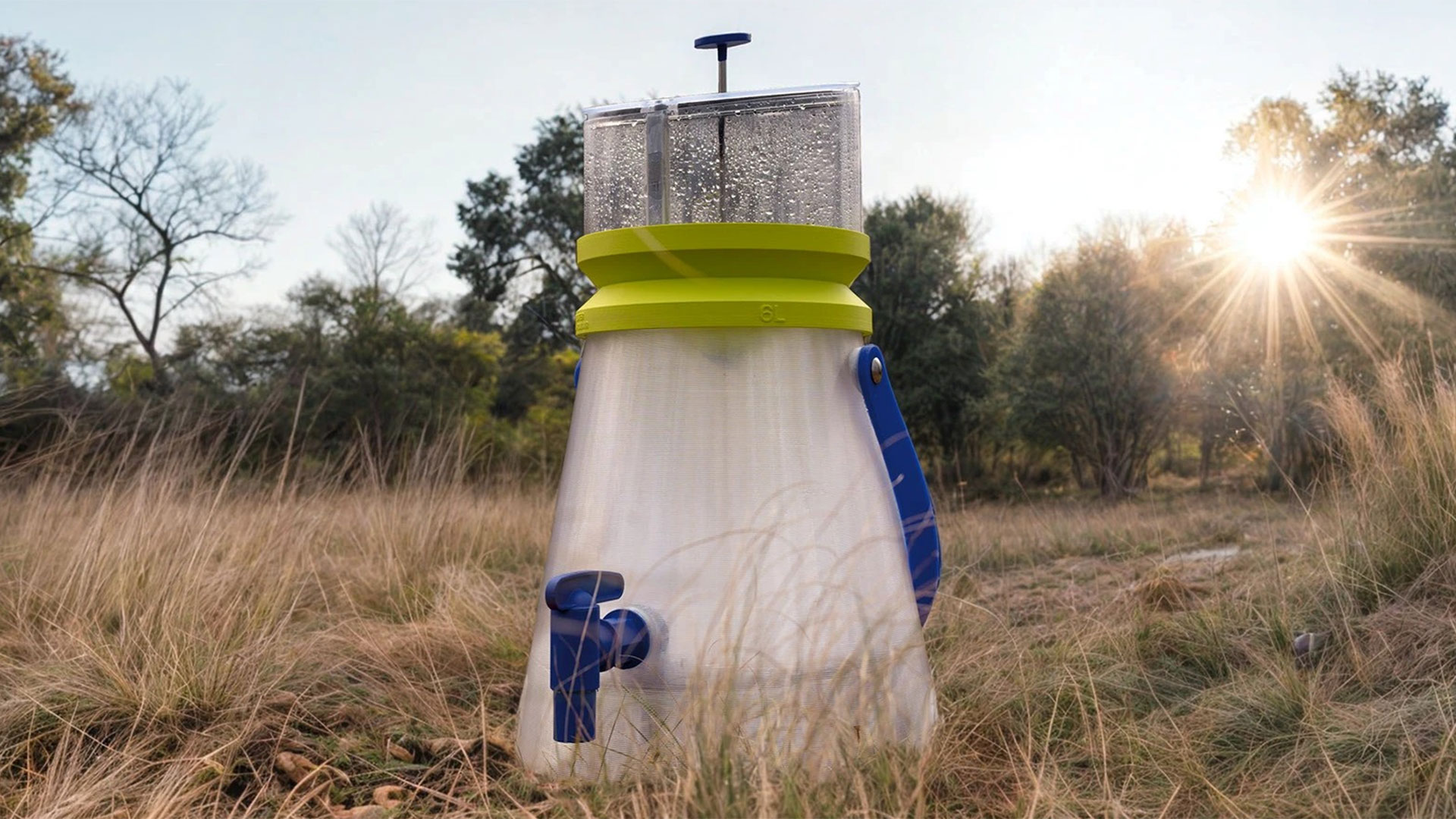Smart Agriculture Drone Swarm
A Smart Agriculture Drone Swarm is an interconnected group of autonomous aerial drones that collaborate intelligently to perform agricultural operations such as crop monitoring, pest control, irrigation, pollination, planting, and yield prediction.
Unlike single drones that operate independently, a swarm operates like a biological colony — each drone acts autonomously but cooperatively, guided by collective intelligence algorithms inspired by ants, bees, and birds.
This creates an ecosystem of adaptive, scalable, and self-organizing agricultural robots capable of covering massive farmlands with minimal human supervision.
Foundational Philosophy
Traditional farming is labor-intensive and environmentally challenging.
The smart agriculture drone swarm aims to:
- Optimize resources (water, fertilizers, energy).
- Reduce human workload and operational costs.
- Increase yield and sustainability using real-time, data-driven insights.
- Enable precision agriculture down to individual plants.
- Protect ecosystems by minimizing chemical waste.
The philosophy mirrors nature’s intelligence — distributed control, cooperation, and adaptability.
Drone Layer (Physical & Sensor System)
Each drone is a smart autonomous unit equipped with sensors, processors, and actuators.
Key Subsystems:
- Navigation: GPS, GLONASS, RTK (for centimeter-level accuracy).
- Perception Sensors:
- Multispectral and hyperspectral cameras for plant health analysis.
- RGB + thermal cameras for pest and irrigation detection.
- LiDAR for terrain mapping and obstacle avoidance.
- Payload Systems:
- Spraying nozzles for fertilizer/pesticide application.
- Seed dispensers for aerial planting.
- Water or nutrient spraying modules.
- Communication: Mesh network modules for drone-to-drone and drone-to-base communication (LoRa, 5G, Wi-Fi 6E).
- Onboard AI Processor: Edge computing chip (like NVIDIA Jetson or Qualcomm RB5) for local decision-making.
Each drone functions as a node in a cooperative network, sharing sensory and positional data with others in real time.
Swarm Intelligence Layer (Collective Coordination)
This layer governs how drones coordinate, distribute tasks, and adapt to environmental dynamics.
Core Functions:
- Swarm Coordination Algorithm:
Inspired by biological swarms — e.g., Particle Swarm Optimization (PSO), Ant Colony Optimization (ACO), or Boids model for formation control. - Dynamic Task Allocation:
Tasks (survey, spray, plant) distributed dynamically based on battery, location, and sensor feedback. - Collision Avoidance & Path Planning:
Decentralized AI ensures drones maintain safe distances while covering maximum area. - Self-Healing Behavior:
If one drone fails, nearby units adjust flight paths to cover the missing area automatically. - Environmental Adaptation:
The swarm responds to changing conditions — wind, obstacles, or weather patterns.
This layer forms the “brain” of collective behavior, operating without centralized control.
Farm Intelligence Cloud (Data, AI & Analytics)
All data collected from the drones flows into a cloud-based agricultural intelligence platform.
Functions:
- Data Fusion & Analysis: Combines multispectral imagery, soil data, and weather patterns.
- Crop Health Diagnostics: Detects nutrient deficiencies, diseases, or pest infestations using AI vision models.
- Predictive Analytics: Uses historical and real-time data for yield forecasting and irrigation scheduling.
- Digital Twin of the Farm: Creates a 3D or geospatial model of the entire field for long-term monitoring.
- Swarm Control Dashboard: Allows farmers or AI controllers to set high-level goals (e.g., “spray section 4 with pesticide A”).
The cloud communicates back with the swarm to optimize missions in real time.
User & IoT Integration Layer
The human farmer interacts with the system via:
- Mobile App / Web Dashboard: Mission planning, analytics, notifications.
- IoT Gateways: Connect ground sensors (soil moisture, pH, temperature) and irrigation systems.
- Edge-Gateway Bridge: Synchronizes swarm data with field actuators (e.g., smart sprinklers, tractors).
- Blockchain Ledger (Optional): Stores verified farming data for traceability and agricultural compliance (useful for supply chain transparency).
Functional Capabilities
1. Crop Health Monitoring
- Multispectral imaging to calculate NDVI, NDRE, SAVI indices.
- Identifies stress, disease, or nutrient deficiency at plant level.
- Detects early signs invisible to human eyes.
2. Precision Spraying
- Drones carry small tanks for localized pesticide/fertilizer application.
- AI determines affected zones and adjusts dosage dynamically.
- Minimizes chemical waste and environmental damage.
3. Smart Irrigation
- Detects dry zones via thermal imagery.
- Directs micro-irrigation drones to water only necessary regions.
- Integrates with soil moisture IoT sensors for optimization.
4. Pollination & Seeding
- Pollinator drones equipped with soft air jets or electrostatic pollen dispensers.
- Aerial seeding with biodegradable capsules for reforestation or large fields.
5. Data Mapping & Yield Forecasting
- Creates geospatial yield maps and growth curves.
- Predicts harvest windows and optimal fertilization schedules.
6. Weather and Soil Monitoring
- Measures wind, humidity, and temperature at microclimate level.
- Communicates with ground weather stations to adjust flight paths.
AI Subsystems
| Subsystem | Description |
|---|---|
| Computer Vision AI | Identifies crop type, disease patterns, weed clusters |
| Flight Path Optimizer | Plans energy-efficient routes avoiding overlaps |
| Swarm Behavior Model | Governs distributed cooperation between drones |
| Anomaly Detection | Spots irregularities (missing crops, pest zones) |
| Predictive Maintenance | Monitors drone health (motors, batteries) |
| Adaptive Learning | Continuously improves decision-making using reinforcement learning |
The AI runs a hybrid architecture — onboard (edge) for local decisions and cloud (central) for strategic planning.
Communication & Networking
The swarm requires ultra-reliable, low-latency communication.
- Drone-to-Drone (D2D): Mesh network using LoRa or Wi-Fi Direct for short-range coordination.
- Drone-to-Base (D2B): 5G or long-range radio link for command updates.
- Edge Synchronization: Leader drone (temporary “queen”) aggregates local data and syncs with the farm cloud.
- Security: All communications encrypted via AES-256 and authenticated using blockchain certificates.
In case of connectivity loss, drones enter local autonomy mode, completing assigned tasks before returning to the base.
Hardware Components
| Component | Function |
|---|---|
| Frame & Propulsion | Lightweight carbon fiber frame with brushless motors |
| Power System | Li-ion or solar-charging hybrid battery |
| Navigation Module | RTK GPS, IMU, magnetometer, barometer |
| Sensor Suite | RGB, multispectral, LiDAR, ultrasonic |
| AI Edge Board | NVIDIA Jetson Xavier NX or Qualcomm RB5 |
| Spray/Seed Payloads | Detachable and automated refilling system |
| Docking Station | Solar-powered charging and data sync hub |
| Safety System | Geo-fencing, obstacle avoidance, emergency landing |
Example Workflow
- Mission Planning:
Farmer sets goal — e.g., “scan cornfield for pests.” - Swarm Deployment:
Base station releases 20 drones, each assigned a grid. - Data Collection:
Drones fly autonomously, capturing multispectral and thermal imagery. - Onboard Processing:
Edge AI detects anomalies and marks problem zones. - Swarm Coordination:
Nearby drones reallocate to cover gaps or denser regions. - Cloud Analysis:
Farm Intelligence Cloud processes imagery to create a diagnostic report. - Action Phase:
Spraying drones target affected zones with the exact amount of pesticide. - Return & Recharge:
Drones auto-dock, upload data, and recharge via solar base.
Unique Features
- Bio-Inspired Coordination: Behavior modeled after honeybee foraging patterns.
- Energy-Efficient Routing: Real-time reallocation based on remaining battery levels.
- Weather-Aware Swarm: Adjusts altitude and formation under wind conditions.
- Hybrid Air–Ground Collaboration: Ground robots (rovers) work with aerial drones.
- Blockchain Traceability: Every spraying and sensing event is timestamped for transparency.
- AR Farm Visualization: Farmers can view live drone data overlays via AR glasses.
Software Stack
| Layer | Technology |
|---|---|
| OS & Middleware | ROS 2, PX4, MAVLink |
| AI/ML Frameworks | PyTorch, TensorFlow, ONNX |
| Swarm Engine | Custom RL algorithms, ACO, PSO |
| Data Analytics | Apache Spark, AWS SageMaker |
| UI/UX Platform | Flutter / React dashboard |
| Edge Computing | NVIDIA JetPack SDK |
| Blockchain | Hyperledger Fabric, Polygon for logging operations |
Safety, Ethics, and Sustainability
- Environmental Safety: Reduces overuse of chemicals and water.
- Animal Protection: AI avoids wildlife nesting zones.
- Privacy Compliance: Farm data secured with decentralized encryption.
- Fail-Safe Systems: Emergency landing, obstacle avoidance, geofencing.
- Ethical AI: Transparent decision logs, human override capability.
Economic & Societal Impact
- Reduced Costs: Up to 70% less pesticide/fertilizer waste.
- Yield Increase: Up to 30% higher productivity through precision targeting.
- Labor Relief: Decreases physical workload in aging farming populations.
- Sustainability: Promotes regenerative agriculture through precise data.
- Scalability: One operator can manage thousands of acres.
Future Evolution
- Swarm + Satellite Integration: Using satellite data for long-range mission planning.
- Self-Recharging Solar Drones: Indefinite operation through wireless charging fields.
- Bio-Hybrid Drones: Lightweight drones mimicking insect flight for pollination.
- Quantum Optimization Algorithms: Instantaneous task allocation for thousands of drones.
- Global Smart Farming Grid: Distributed networks of drone swarms across countries sharing AI models for global food security.




Post Comment